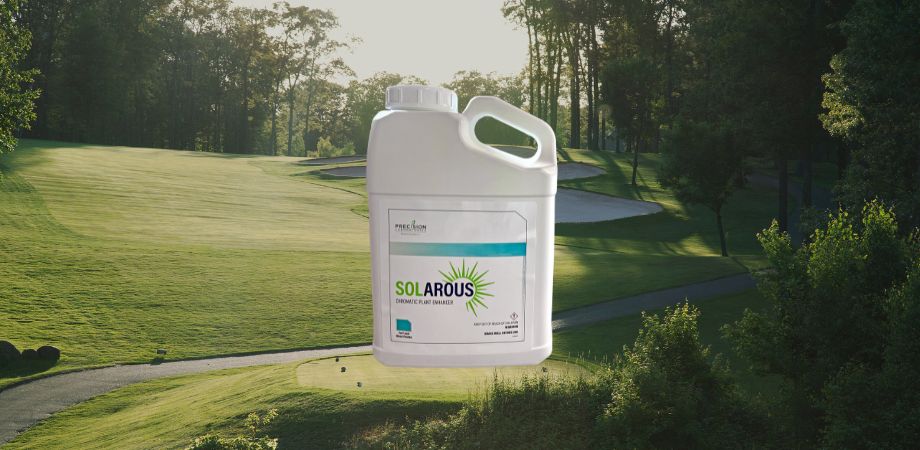Ground ivy, also known as creeping Charlie or gill-over-the-ground, is a perennial broadleaf weed that’s notoriously hard to kill. This blog post will explore how to identify and treat ground ivy.
Ground ivy has roundish scalloped leaves with long petioles. Its creeping growth habit distinguishes it from henbit, which has a similar appearance. Ground ivy produces clusters of purplish tubular flowers in the spring.

Fall is the best time to treat ground ivy. Broadleaf weed control is most successful in the fall because the weeds are preparing for winter by storing nutrients in their roots. Herbicides can go along for the ride to target the weed at the root.
It’s best to make an herbicide application on a sunny day without rain in the 24-hour forecast, as overcast conditions and rainfall reduce efficacy. Try to give the herbicide time to dry on the leaf surface.
Herbicides containing triclopyr and 2,4-D are the most effective at treating ground ivy. NuFarm’s Sure Power and ArmorTech’s Tetra annihilate ground ivy without adjuvants. Other herbicides rely on adjuvants to maximize their efficacy. Read product labels and consult your ATS representative for help selecting an herbicide and, potentially, adjuvant for your needs. Note that vegetables and flowers are susceptible to triclopyr and 2,4-D, so you shouldn’t use these active ingredients in garden areas.












